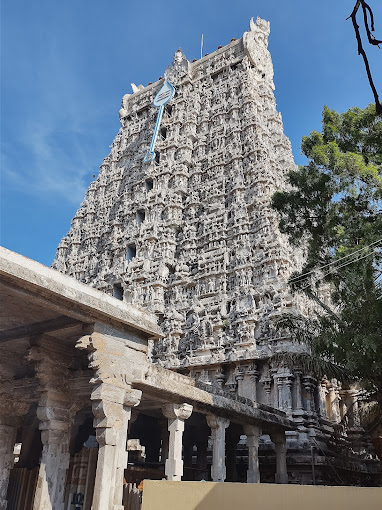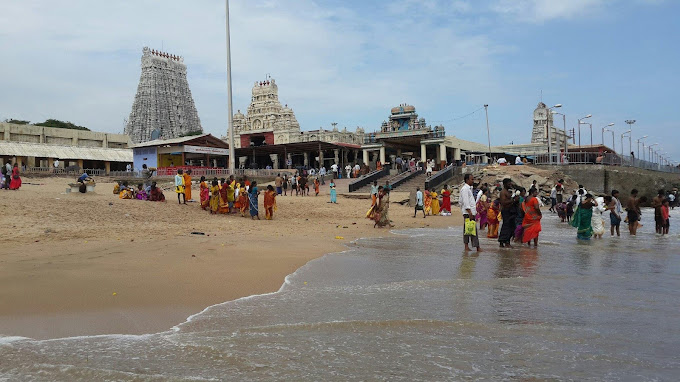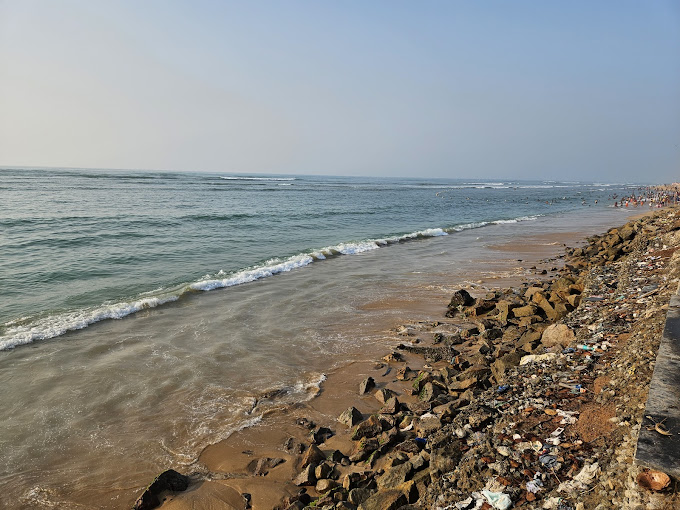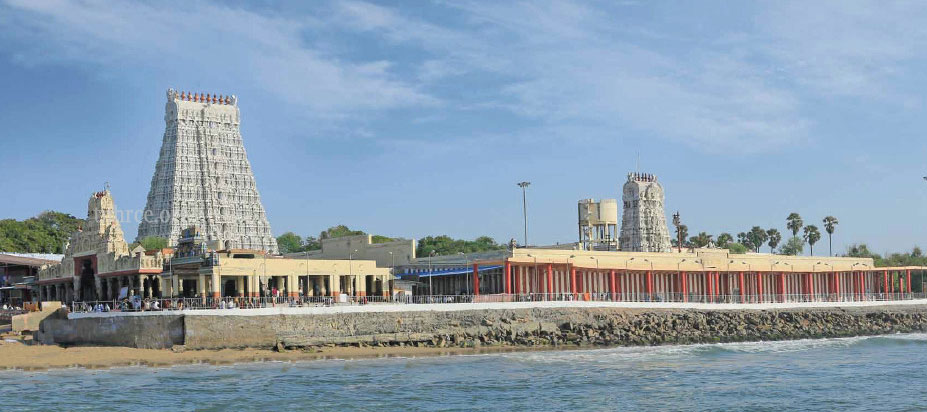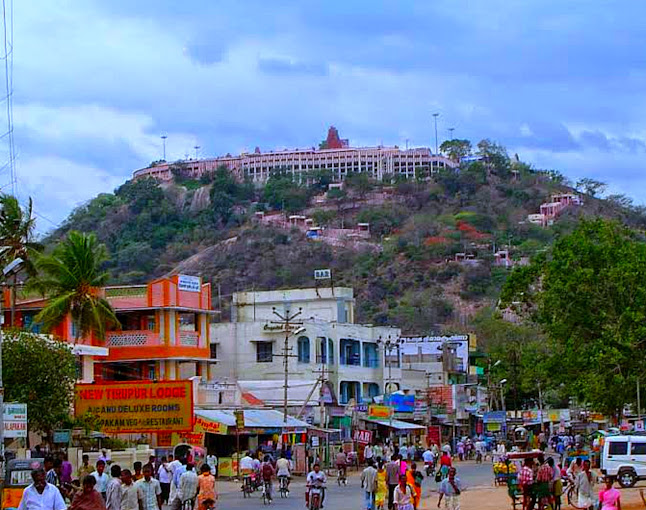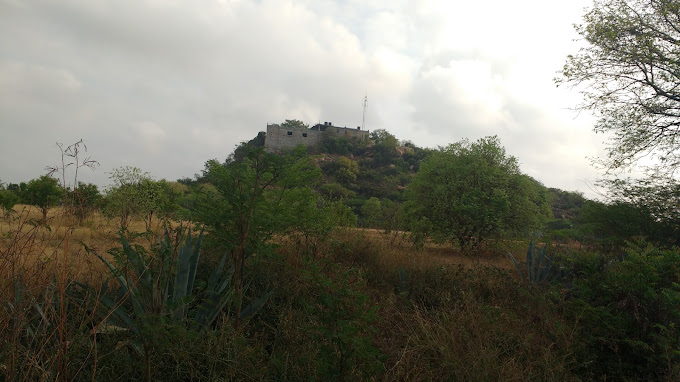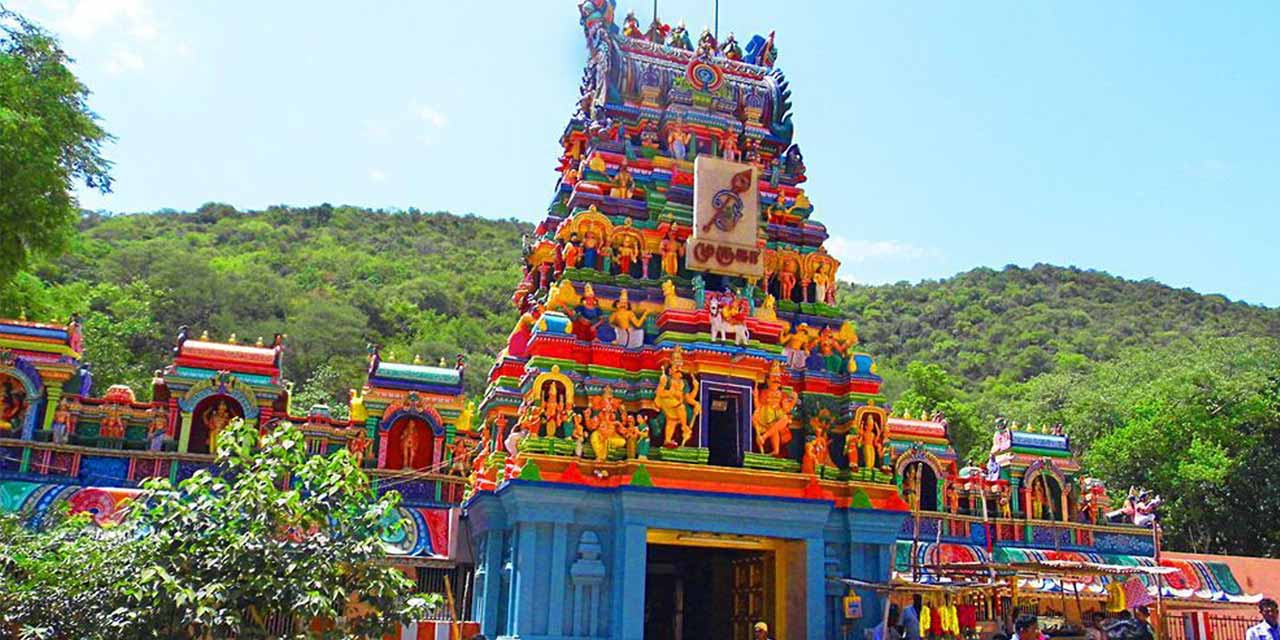The Arulmigu Subramanya Swami Temple in Tiruchendur is a revered and ancient Hindu shrine dedicated to Lord Murugan, also known as Kartikeya. It holds a special place as the second among the six sacred abodes of Murugan, known as Āṟupatai vitukal, situated across Tamil Nadu, India. Positioned on the eastern shores of the Bay of Bengal in the town of Tiruchendur, the temple offers a serene and spiritual retreat. It is strategically located 40 km from Thoothukudi, 60 km southeast of Tirunelveli, and 75 km northeast of Kanyakumari.
The temple’s majestic atmosphere is enhanced by its proximity to the sea, with the sacred rituals of Surasamharam (a reenactment of Murugan’s victory over the demon king Surapadman) and the soul-stirring Kanda Shasti devotional song being celebrated here with great reverence. Recognized for its excellence, it is the fourth temple in Tamil Nadu to receive an ISO certification, ensuring its commitment to maintaining high standards.
Murugan’s Triumph: The Legendary Battle at Tiruchendur
Tiruchendur’s significance is steeped in the legendary tales of Lord Murugan as detailed in the Skanda Purana. The temple is famously linked to the story of Murugan’s epic battle against the demon king Surapadman, who had gained immense powers through severe penance and began terrorizing the heavens. After imprisoning the gods and desiring the wife of Lord Indra, Surapadman’s tyranny led the gods to seek Murugan’s intervention. Murugan waged a fierce battle at Tiruchendur, where he triumphed over Surapadman, slaying all his sons and ultimately transforming Surapadman into a peacock and a rooster—his divine vehicles. This victory is commemorated annually during the Skanda Sashti festival, celebrated with fervor in all Murugan temples.
Architectural Grandeur and Sacred Springs
The temple is an architectural marvel, measuring 91 meters from north to south and 65 meters from east to west. It boasts a towering nine-tier gopuram (entrance tower) standing at a remarkable 48 meters tall. The principal entrance faces south and leads into the first of two concentric enclosures, or prakarams, which are adorned with rows of yalis (mythical beasts). Inside the temple, the sanctum houses a statue of Murugan as a saintly child, carved in granite. Not far from the temple is the sacred Nali Kinaru, a well fed by a freshwater spring, where devotees undergo a ritual cleansing before bathing in the ocean.
The Dutch Tale: A Divine Return
he temple’s history is rich with intriguing events, including an episode involving the Dutch East India Company in the 17th century. From 1646 to 1648, the Dutch occupied the temple during their conflict with the Portuguese. In their departure, they took with them a sacred sculpture of the utsava murtis (deity images) made from an alloy known as Shanmukhar. After encountering a fierce storm during their sea voyage, the Dutch sailors realized their mistake in stealing the idol and cast it back into the sea, where the storm ceased immediately.
The divine intervention did not end there. Lord Murugan appeared in a dream to Vadamaliyappa Pillai, a devoted follower, revealing the exact location where the idol had been discarded. In 1653, Pillai, following Murugan’s guidance, retrieved the sacred idol from the sea. This miraculous event is depicted in vibrant paintings inside the temple, reminding devotees of the ever-present divine grace of Lord Murugan.
Gallery of Arulmigu Subramanya Swami Temple
